 "No, I don't thank you for the fish at all" (notindetroit)
"No, I don't thank you for the fish at all" (notindetroit)
12/16/2015 at 11:45 ē Filed to: off roading, cafe, unibody, jeep, cj, wrangler, renegade, toyota, prado, land cruiser, 4runner, and other stuff
 2
2
 6
6
 "No, I don't thank you for the fish at all" (notindetroit)
"No, I don't thank you for the fish at all" (notindetroit)
12/16/2015 at 11:45 ē Filed to: off roading, cafe, unibody, jeep, cj, wrangler, renegade, toyota, prado, land cruiser, 4runner, and other stuff |  2 2
|  6 6 |
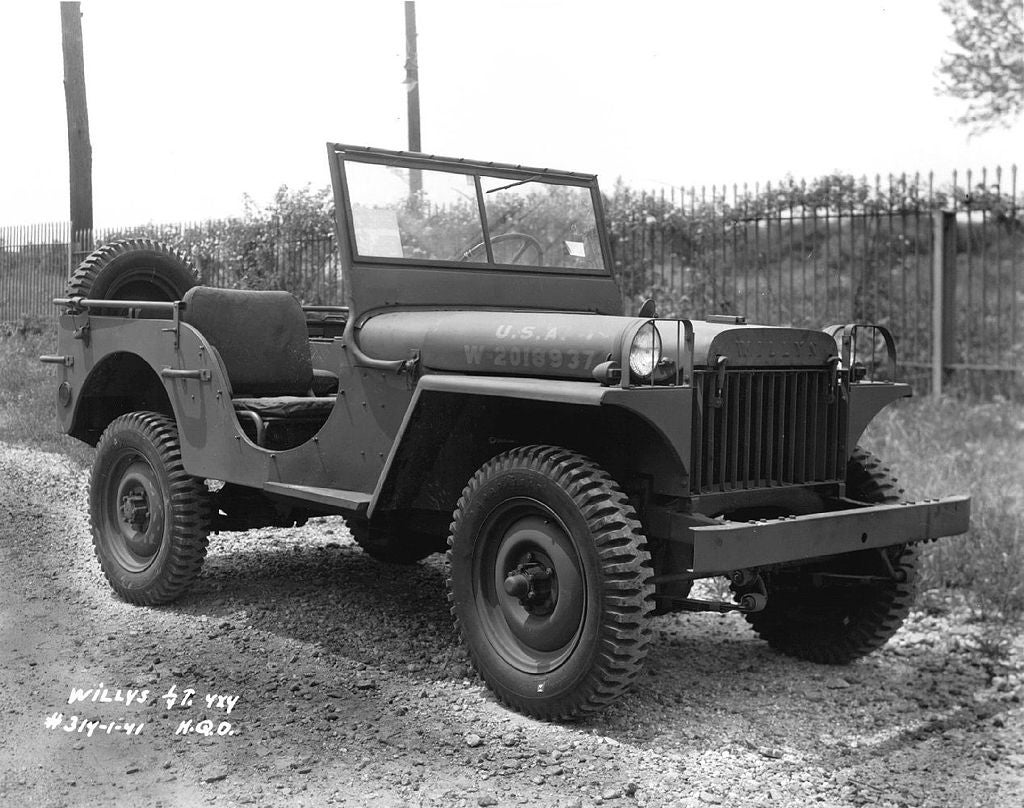
CAFE - !!!error: Indecipherable SUB-paragraph formatting!!! - is a big thing. Itís a big thing because we as decent human beings like to pretend to care about the environment because we like the idea of breathing in clean air and having enough !!!error: Indecipherable SUB-paragraph formatting!!! to last the duration of the species if nothing else. In the grand scheme of things CAFE standards is but one component of environmental stewardship, but itís nonetheless a tool aimed at helping to amass a bigger picture towards that environmental stewardship. It also has a few people up in arms regarding how it will affect the total utility of their vehicles, whether performance vehicles meant to conquer track times or off-roaders meant to conquer Moab. Concerns over the raw performance aspects have been pretty quiet with supercars from McLaren, Ferrari and Porsche employing trick hybrid setups that themselves push technological boundaries and provide promise of ďtrickle-downĒ effects that will one day permeate to the Versas and Fiesta of tomorrow. With off-roaders, the concern is more palpable with fears of the government essentially banning and taking away our precious body-on-frame lifted rock crawlers. !!!error: Indecipherable SUB-paragraph formatting!!! crunched the numbers and it doesnít look good, particularly for the perennial Yukon-stomper Jeep Wrangler and for every other ďlesserĒ off-roader out there.
Iím here to explain why you shouldnít be concerned at all.
Whatís Going On In the First Place?
Again, AggregateDemand explains why the off-roader faces extinction under the new CAFE standards. In extract: itís a combination of vehicle footprint and the more traditional factors of vehicle efficiency, primarily raw vehicle weight. The ability of a vehicle to be classified into a certain footprint class combined with the dead weight of body-on-frame construction and other factors conspires against your beloved off-roader.
So if The Off-Roader is Dying, What Are We To Do?
Nothing. Because the off-roader isnít dying.
The first thing that needs to be understood is that CAFE doesnít effect one vehicle per se - it effects a manufacturerís entire lineup. You donít hear anything about the Focus RS or Mercedes-Benz S63 AMG being threatened out of existence because of CAFE, because those represent a relatively miniscule population of Fordís and Mercedes-Benzís total manufacturing and consumer output. And itís that total output, not individual car models, CAFE looks at. Individual car models, whether they be the Focus SE or the RS or the entire Focus lineup, are more or less invisible against the larger backdrop that is the fuel economy of everything coming out of Dearborn, Detroit proper, Germany, Mexico, etc. that is sold in the U.S. Hence the title
Corporate Average
Fuel Economy, not
Model Averager
Fuel Economy or something to that effect.
This means extreme volume-sellers, like say the Focus or Fusion SE or F-150 Platinum, more or less protect the niche performance models like the RS or the Shelby Mustang GT350 or the Raptor, provided those volume-sellers are fuel efficient enough to bring up the total CAFE standard in spite of the niche gas guzzlers. This is more or less by design, a way for manufacturers and government regulators to have their cake and eat it too - it basically exempts niche models by hiding them in the larger model lineup picture, but not totally to the extent where a manufacturer can pump out track-ready V8s with a city MPG rating of 11 in order to abuse loopholes, much like what a lot of people feel happened in the 90s with SUVs. In other words, manufacturers are still incensed to develop fuel-efficient and eco-friendly performance and niche vehicles, but not to the extent where they either have to bear bountiful fruit on those efforts to the extent that it strains technological and economic resources or be forced into extinction.
Unfortunately, itís far from a perfect solution. A number of factors can still bring down a niche model despite the in-built protection from CAFE regulations. For example, a niche model can be such a gas guzzler it puts a heavy drag on the rest of the lineup to meet CAFE even as a relatively low-volume seller. Or maybe itís not such a low-volume seller after all, but not to the extent where itís worth the engineering effort to design it to be more eco-compliant.
Then again, CAFE isnít the only automotive design conspirator. Crash regulations are likely a more significant factor in the extinction of a car model - as much as we like to imagine a body-on-frame vehicle being indestructible, unibody vehicles traditionally perform better than older models that still rely on body-on-frame construction. Then thereís concerns over labor, the geographic location of where the vehicle is manufactured (which usually is another labor issue), costs and tariffs related to the former two, etc. The Ford Ranger was a very fuel efficient light pickup truck in I4 form, so keeping it wouldíve only improved Fordís overall CAFE standing and helped hedge against heavier and thirsiter V6 F-150s, but the truckís aging design against updated crash protection mandates and the infamous ďchicken taxĒ doomed the truck in North America.
Toyota Isnít Going Anywhere
So yes, the off-roader is going to get squeezed, but not out of existence or beyond the affordable reach of the average consumer. For one, Iím willing to bet the various permutations of the Toyota Land Cruiser/Prado - namely the 4Runner and especially the Land Cruiser proper along with their Lexus rebadge-jobs - are here to stay. Those vehicles are for the most part already imported (even the 4Runner - which, fun fact, is built in the same prefecture where Imperial Japanese dive-bombers used to attack Pearl Harbor were assembled - chances are along with your flat-screen, PS4 and Gixxer) while for the most part avoiding the crippling taxes that affect their European open-bed brethren. Yes, !!!error: Indecipherable SUB-paragraph formatting!!! , but only by 2.5% - about by the difference of including an automatic transmission and moonroof if that tax is applied to a moderately-priced compact sedan. As the 4Runner is also imported, itís already affected by these same taxes, and has been since Marty McFly made black lifted Hiluxes cool.
This lack of domestic production plants serving non-global markets means a vastly decreased likelihood of said plants being idled and eventually eliminated due to shifting demands from, for example, CAFE influence (similar to what killed the Ford Ranger). Or, in other words, a healthy global demand for a model lineup sourced from consolidated factories will better ensure those factories keep humming. In the meantime, since those cars are already being made and are already crash-compliant anyway, why not import them our way to satisfy a relatively tiny demand, but in a means that still makes it profitable? This is what Hyundai is doing with the Equus and the Kia K900 stablemate despite both (the Kia especially) being money losers. This is what Toyota themselves are already doing, with the Land Cruiser and LX. The global demand of the Toyota SUVs protect them from CAFE and North American niche status by making up for profitable volume sales elsewhere. This same global demand incentivizes Toyota to make their SUVs up-to-date in crash protection and environmental stewardship as the rest of the world starts catching on to American consumer protection - but the inbuilt CAFE protection doesnít force them to do so in an unreasonable manner, as long as demand remains in niche-territory and more efficient offerings from the Camry and Prius make up for it.
Yes, Unibodies Go Off-Road Too
So the extistant market forces provide reasonable protection for the Toyota body-on-frames, even if prices may experience an uptick (which shouldnít be much and certainly will not effect the used market for much older Toyotas that still remain popular as rock crawlers). What about the volume-selling Jeep Wrangler? AggregateDemand notes that the sales of the Wrangler make it particularly vulnerable to CAFE regulation, basically putting it in the same classification of unibody CUVs. On that note, FCA might eventually be forced to replace the Wrangler with a CUV, which means bye-bye offroading.
Or does it?
The whole reason why the Wrangler is body-on-frame is because body-on-frame vehicles can go offroad. Everyone knows unibodies canít go off-road, right? A unibody Wrangler replacement would be a disaster!
After all, itís physically impossible to put a lift kit on a unibody!
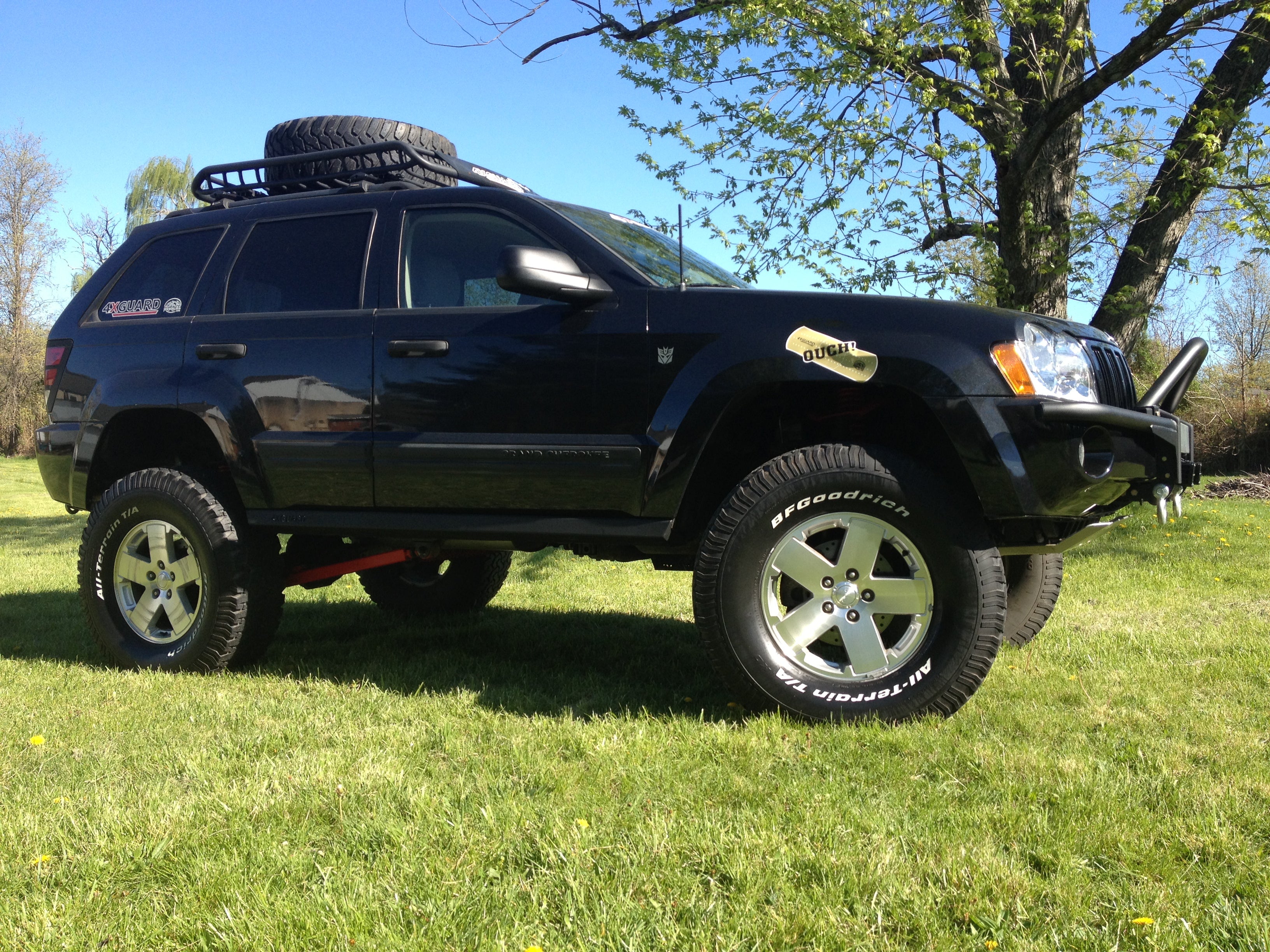
Image from JeepInByAll.com
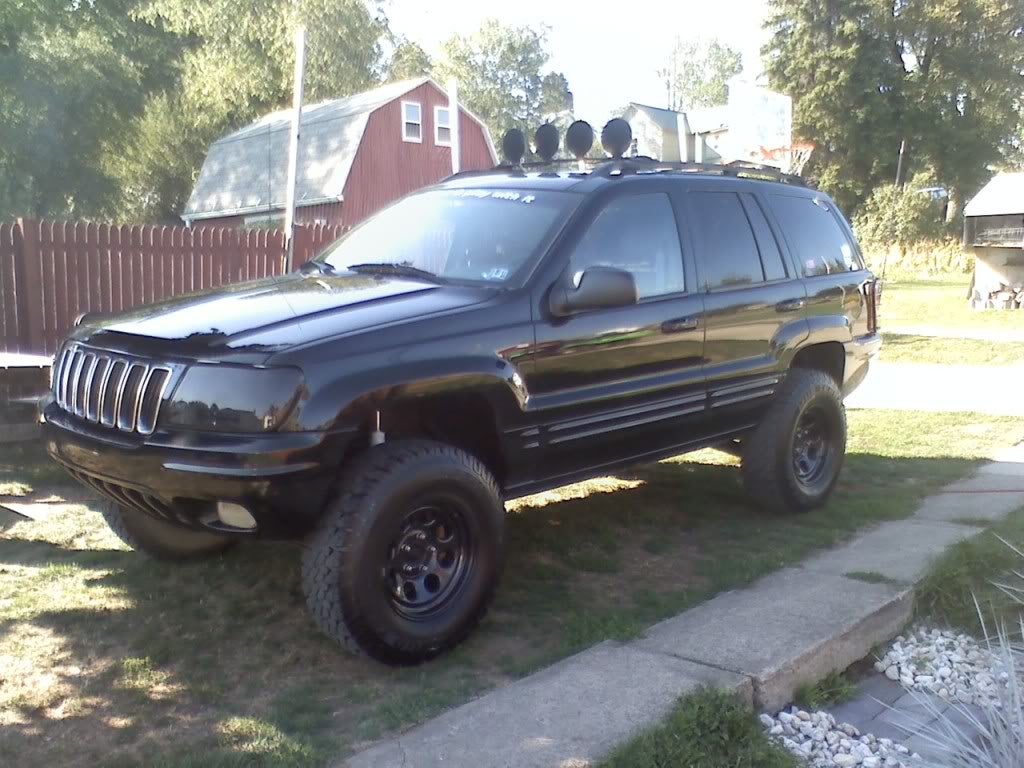
Image from JeepForum.com
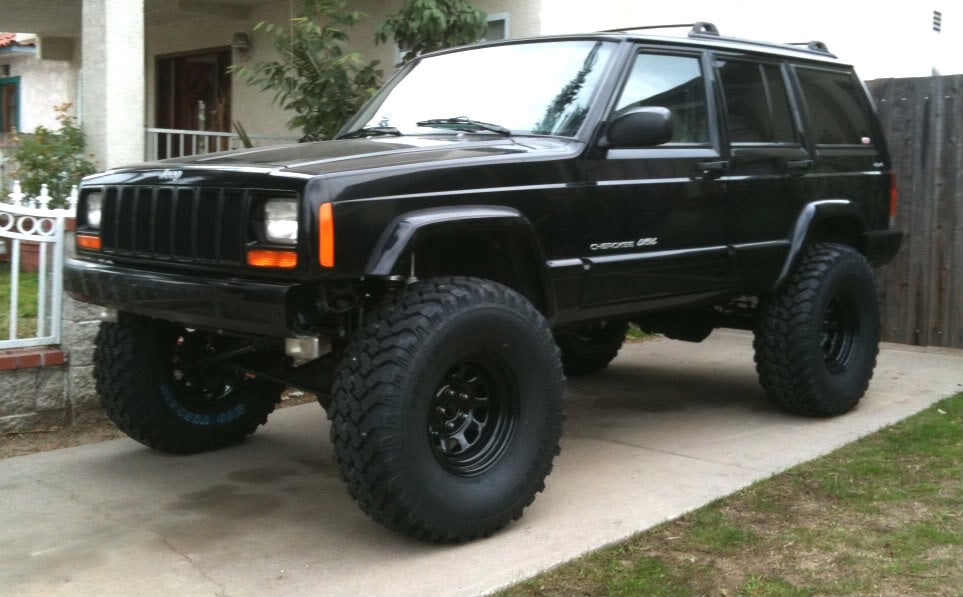
Image from CherokeeForum.com
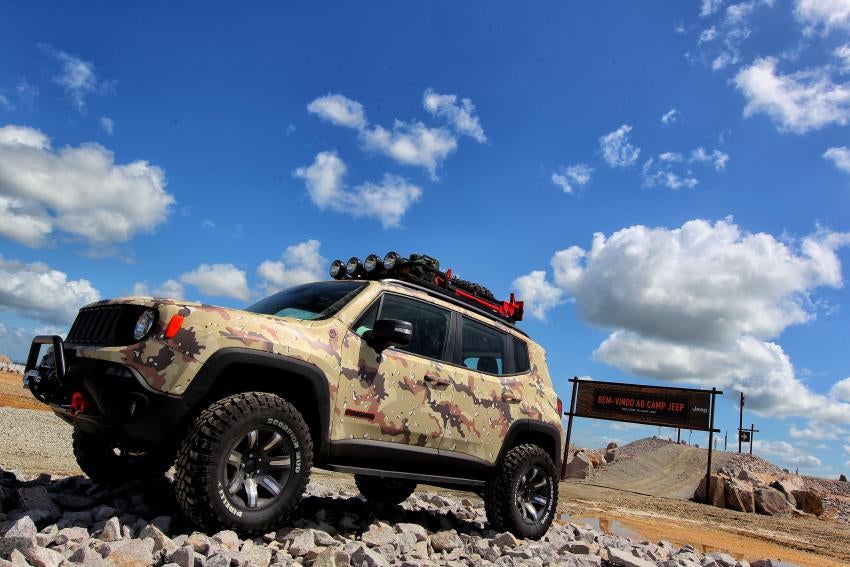
Image from JeepRenegadeForum.com
Unibody cars canít go on trails! You need a frame in order for a car to be tough enough to go on a trail!
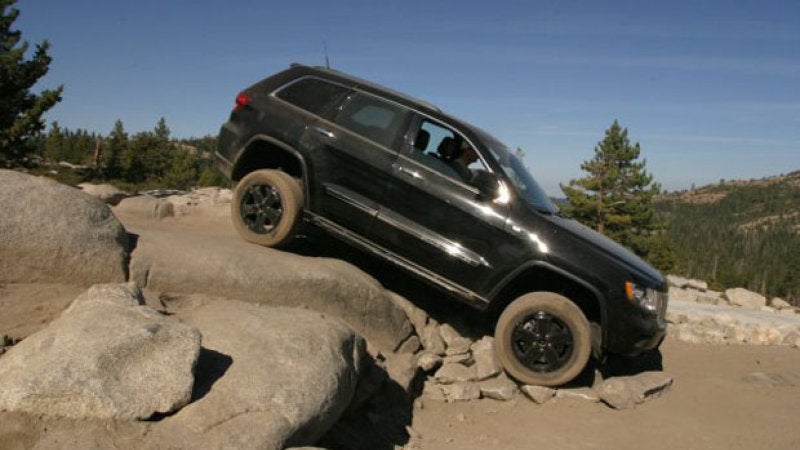
Image from AutoBlog
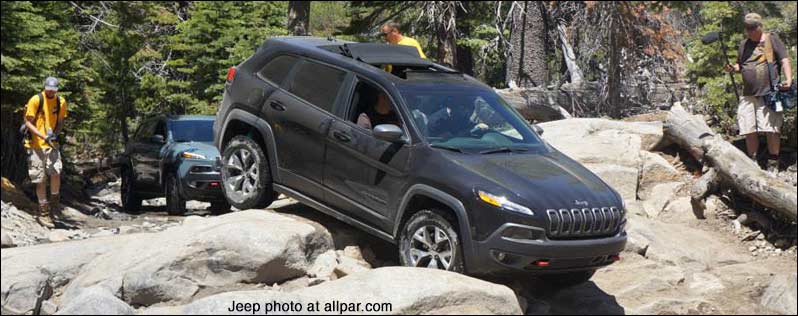
Image from allpar.com by way of jeepz.com
Perhaps it might come as a shock, but Wrangler aside most Jeeps - including the iconic Grand Cherokee and yes even the XJ Cherokee - are unibodies , and always have been since the last Cherokee/Grand Wagoneer SJ bowed out. Unibody construction is superior to body-on-frame in a variety of ways and even in the offroad world a body-on-frame potentially represtents nothing but dead weight to be punished by CAFE. Unibody SUVs can be as tough offroad as body-on-frame SUVs and can be lifted - and the XJ Cherokee and every single Grand Cherokee have been proving that for over thirty years and counting!
But, I know, the Wrangler has many quirks that canít be replicated on a unibody. Quirks like having a removable top.
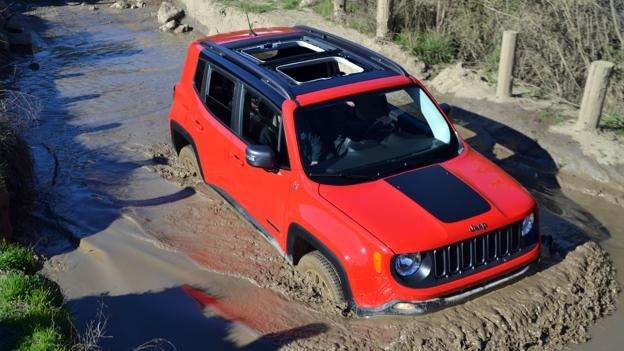
Image from Lessord Chrylser of Sodus, New York
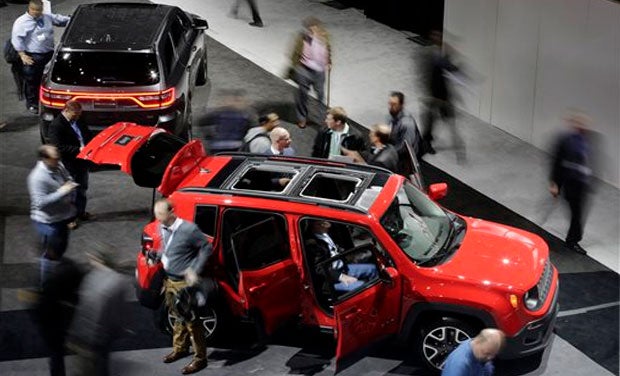
Image from !!!error: Indecipherable SUB-paragraph formatting!!!
Ok, so maybe itís not exactly the same, but it shows that Jeep cares about your concerns for ďtrue Jeep authenticity.Ē The only real things missing are the removable doors, which is just an engineering trick away provided Jeep can figure out how to get side impact crash protection to work on such doors, and the folding windshield, a feature literally nobody uses anyway.
Keep in mind this is the same guy who tested !!!error: Indecipherable SUB-paragraph formatting!!! and he took a complete pass on folding the JKís windshield. He didnít even know JKs can still do that . I think itís a feature even hardcore Jeep enthusiasts can live without, especially as their off-road jacks mounted on their hoods make it difficult anyway.
So, no, the off-roader isnít rock crawling into extinction or stratospheric unaffordability, even if it has to go unibody (which it already has in many cases, well before all the CAFE Armageddon worries). If you still want body-on-frame that badly, Toyota has you covered for the forseeable future.
 jjhats
> No, I don't thank you for the fish at all
jjhats
> No, I don't thank you for the fish at all
12/16/2015 at 12:11 |
|
people donít want body on frame, they want solid axles and stick shifts. two things Toyota gave up on long ago
 HammerheadFistpunch
> No, I don't thank you for the fish at all
HammerheadFistpunch
> No, I don't thank you for the fish at all
12/16/2015 at 12:28 |
|
Iím excited to read the rest but I should point out while its fresh on my mind that CAFE doesnít use a traditional mean to calculate averages, it uses a harmonic mean which is far less tolerant of one high mpg vehicle carrying the fleet. i.e.

- Harmonic mean (15, 13, 17, 100 mpg vehicles shown)

Traditional mean
as you can see, it doesnít really work in the manufactures favor to build a very fuel efficient car if their entire fleet isnít trying very hard. While its true that its volume based, this is actually bad news for FCA since the wrangler sells in such high volumes. Its going to get either expensive to buy a Wrangler or its going to have to change. That being said...the penalties for non-compliance are pretty wimpy and manufactures arenít TOO worried about them, unless they change.
 Berang
> No, I don't thank you for the fish at all
Berang
> No, I don't thank you for the fish at all
12/16/2015 at 12:29 |
|
They could make a body on frame vehicle just as light as a unibody vehicle - but it would either have to be much weaker, or so basic no American would buy it.
It could be a 2cv even.
 BigBlock440
> No, I don't thank you for the fish at all
BigBlock440
> No, I don't thank you for the fish at all
12/16/2015 at 12:33 |
|
The ďchicken taxĒ had nothing to do with the demise of the Ranger, itís not applicable to vehicles built in North America. CAFE would have require the ranger to meet 50 mpg based on itís footprint, which it would not have and still been a truck.
Also, the unibodyís not the problem with lift kits, or at least suspension lifts. It does eliminate the ability to throw a cheap body lift on to make room for bigger tires, but the main issue with unibodys are theyíre mostly IFS and some are IRS too. Independent suspension is harder to lift than a straight axle. See the grand Cherokee platform change from WJ to WK for example, anything more than an inch or two on the WKís will have a solid axle swapped back in. Thereís also the deal with unibody making it more difficult to find mounting points for accessories like sliders, skidplates, etc.
 Manwich - now Keto-Friendly
> No, I don't thank you for the fish at all
Manwich - now Keto-Friendly
> No, I don't thank you for the fish at all
12/16/2015 at 12:41 |
|
I agree. There is no reason why CAFE should result in the death of offroaders.
Though it will/has spelled the end of cheap, gas guzzling offroaders.
And as standards get higher, it just means manufacturers will have to put more advanced powertrains into offroaders. And thatís definitely feasible.
Around a decade ago, I read about a prototype hummer that had a diesel-electric powertrain... and it had better performance, better range and hugely better fuel economy than the regular Hummer.
Thatís more or less where we are heading. Though I predict that eventually, the premium vehicles will be the gas or diesel hybrids and the cheap vehicles will be BEVs.
Just watch what happens to the cost of batteries (in terms of kwh per dollar) after the Telsa Gigafactory has been in prodcution for a few years.
And Lithium battery tech MIGHT have some renewed competition from NiMH technology, now that key NiMH battery patents have expired.
 HammerheadFistpunch
> No, I don't thank you for the fish at all
HammerheadFistpunch
> No, I don't thank you for the fish at all
12/16/2015 at 13:09 |
|
Okay, now Iím back to talk about unibody. There is a reason BOF is better for off road and that functionality isnít easily replaced with unibody. The main issue with unibody is that the body is a stressed member, which is okay when the torsional loads are relatively infrequent or low displacement but offroading is neither of those. The moral of the story is that stiffness isnít the cure for many things and that engineered compliance is critically important for longevity and QRD. A unibody technically CAN go offroad but you seem to be forgetting that the XJ and WK platforms use a relatively heavy chassis in uni-body approach that approaches the weight of a frame with non of the benefits aside from additional toughness. As someone whoís owned an XJ and knows lots of people that wheel them, after a lot of heavy use the body shell is pretty much toast and requires additional bracing or a roll cage to restore full functionality. An Articulated frame with independent body is important for vehicles not falling to pieces if used in a rugged manner.